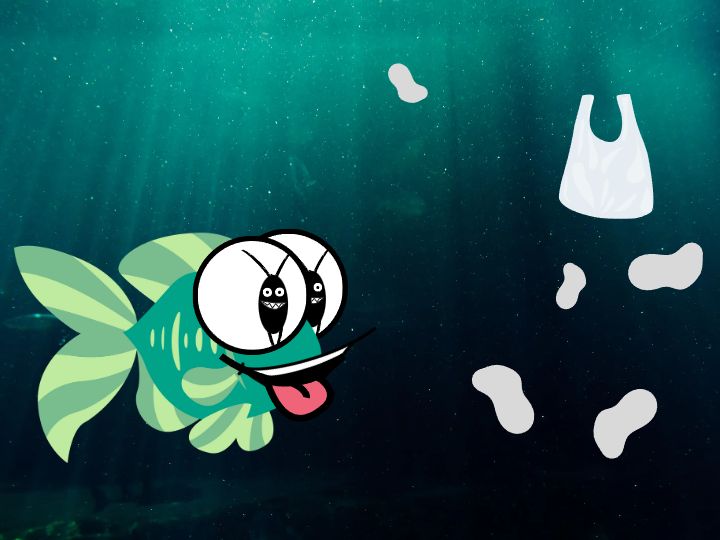In some parts of the ocean there is more plastic than the plankton. Fish do not intentionally seek out and eat plastic. Fish eat plastic because it breaks down into smaller fragments similar to the size of plankton which is a common food source for many fish species.. Some types of plastic, such as microplastics can resemble tiny particles of plankton.
Plastic debris in the ocean can accumulate algae and other microorganisms, giving it a coating or scent that may be attractive to fish. The smell or appearance of the plastic may attract fish to consume it. Plastic pollution is prevalent in many marine environments, including coastal areas and open ocean regions. Fish that inhabit these areas may come into contact with plastic debris as they navigate their habitats.
Plastic can be present in the water column, on the seafloor, or even within the food chain, making it more likely for fish to encounter and ingest plastic particles.
Plastic debris, such as microplastics or broken-down fragments, can be similar in size and color to the plankton or other small organisms that fish typically feed on. This resemblance can lead fish to consume plastic particles thinking they are a food source.
Plastic debris can cause physical blockages or injuries in the digestive systems of fish, leading to internal damage and impairing their ability to obtain proper nutrition. Additionally, the chemicals present in plastic can have toxic effects on fish and other marine organisms. Besides this some of these fish even reach our table as seafood.
Reducing plastic pollution and properly disposing of plastic waste are essential steps in protecting marine life and preventing the ingestion of plastic by fish and other animals.

